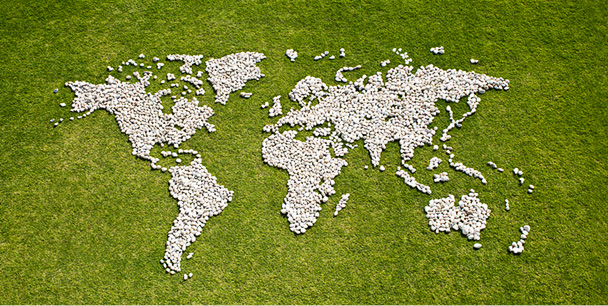United Nation's 2019 report on Cannabis & Hallucinogens
- David Katz
- Jan 12, 2020
- 2 min read
Updated: Mar 17, 2020
This article provides a global look at the cannabis market
The United Nations Office on Drugs & Crime (UNODC) published a 2019 report on Cannabis and Hallucinogens. Here are the highlights...
The world's take on cannabis. Do we prefer the flower, vape, or edibles?
"Herbal cannabis *aka the leaf, flower, or bud* continued to account for the majority of cannabis seized in 2017 (81 per cent) at the global level."
Is the global demand increasing? -Yes
"The overall number of annual cannabis users is estimated to have increased by roughly 30% during the period 1998–2017...Since 2009, the number of global cannabis users has increased by ~19%." author note: keep in mind these statistics are survey-based
Are countries becoming more relaxed when it comes to cannabis arrests? Short answer: Yes. Long answer: "Despite a slight increase to 5,100 tons, the global quantity of cannabis herb seized in 2017 was still one of the smallest reported since 2000. The decline in the quantity of cannabis herb seized (over 20 per cent) since 2010 was driven by decreases reported in North America (77 per cent), with marked declines reported in Mexico (83 per cent), the United States (71 per cent) and Canada (67 per cent)."
The United States cannabis & how it is taxed?
For example: Colorado imposes a 1% excise tax on cultivation and used to impose a 10% cannabis retail sales tax until it was lowered to 8% in July 2017. It also imposes an additional 2.9% state sales tax and up to 3.5% local sales tax. City-level jurisdictions can also impose their own local taxes on the sale of cannabis.
In the past 20 years, what has really changed?
"In the past two decades, there have been rapid advances in cannabis plant cultivation techniques. This has led to the spread of domestic (indoor) cultivation, thereby reducing reliance on imported cannabis products. Based on the cultivation of unpollinated female cannabis plants (sinsemilla), indoor cannabis plant production involves the use of controlled growing conditions and genetically selected strains, which has led to an increase in the number of harvests, as well as in yield and potency. Mainly focused on achieving high THC content, selective breeding has also resulted in the selection of varieties containing lower levels of CBD."
Information pulled from -resource (click me)-
Author: David Katz
Email: Davidkatz@cox.net







Comments